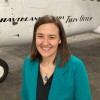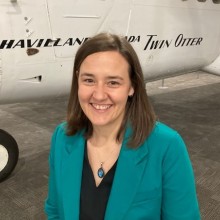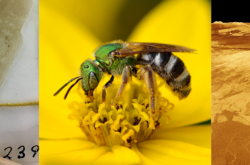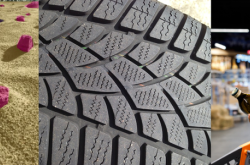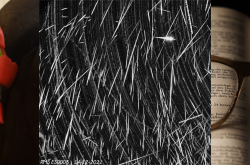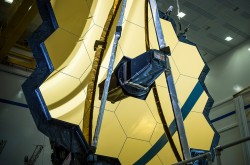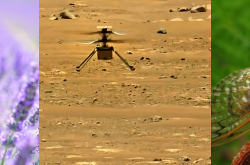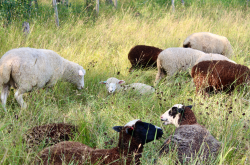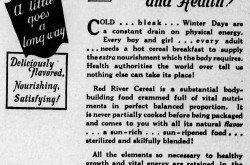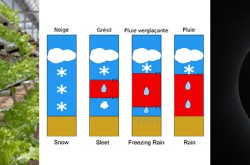3 things you should know about soil biology, space tourism, and the healing power of nature

Meet Renée-Claude Goulet, Cassandra Marion, and Olivia Béchard.
They are Ingenium’s science advisors, providing expert scientific advice on key subjects relating to the Canada Agriculture and Food Museum, the Canada Aviation and Space Museum, and the Canada Science and Technology Museum.
In this colourful monthly blog series, Ingenium’s science advisors offer up quirky nuggets related to their areas of expertise. For the July edition, Renée-Claude Goulet stepped aside and invited student intern Kyra Simone to add her voice to the column. Collectively, the writers tackled organisms in our soil, what’s on the horizon for space tourism, and the fascinating link between nature and mental health. Read on!
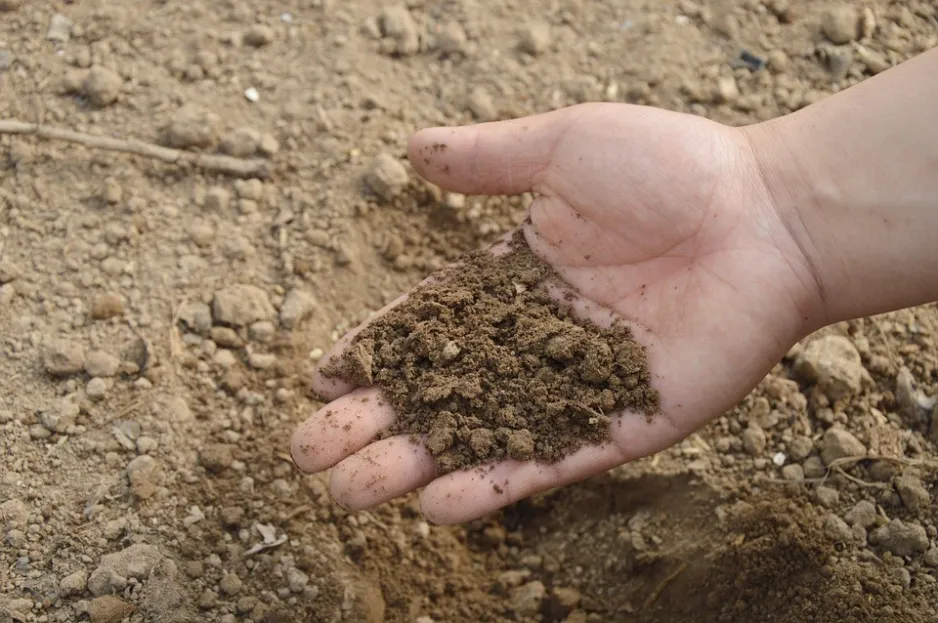
Within soil, billions of microscopic organisms digest organic material, cycle nutrients, and even secrete compounds that can be used in human medicines.
Unearthing possibilities: Vital soil organisms in medicine and agriculture
When most of us hear the words "soil biology," we think of worms, beetles, and other creepy-crawlies. While these critters do play an important engineering role by mixing and shaping soil, the ecosystems underfoot are actually much more complex than what we see with the naked eye.
In the sixteenth century, Leonardo da Vinci mused that we knew "more about the movement of celestial bodies than about the soil underfoot." This still rings true: the more we learn about soil, the more we realize we have not yet discovered. The diverse soil community includes fungi, some of which have a mutually beneficial relationship with plants; they receive sugar and help plants take up water and nutrients. Protists are also abundant in soil. These single-celled organisms include protozoa, which move independently and feed on bacteria, and algae that photosynthesize and produce oxygen in the soil.
When it comes to numbers, bacteria are top of the heap — and these microscopic decomposers are only one-millionth of a metre wide. Researchers estimate there may be as many as one million unique bacterial species per gram of soil! Most species have not yet been identified, because some are extremely difficult to grow in a lab and can only be detected by genetic research techniques. Unfortunately, this means that while we know they exist, we do not know what they do.
The soil microbes that we are able to study are quite incredible. Some have devastating effects — from the fungus that caused the Great Potato Famine, to E. coli bacteria and dysentery-causing protozoa. There are even viruses in soil that infect fungi, plants, bacteria, and animals. On the other hand, we have soil microbes to thank for many life-saving medical treatments. The immunosuppressant drug rapamycin was developed from Easter Island soil bacteria, and about 80 per cent of antibiotics are derived from soil bacteria in the genus Streptomyces.
Within the soil ecosystem, most organisms live in the top 15 cm, which acts as Earth's stomach. Here, organic material is digested to make carbon and nutrients accessible to other organisms, and bacteria convert nitrogen into a form that plants can use. Microbial activity stabilizes soil by producing substances that help grains stick together, while maintaining a spongey texture that keeps water, oxygen, and nutrients available.
Historically, agricultural operations failed to consider these important functions. Tilling, overuse of fertilizers, and compaction by machinery led to reduced soil biodiversity and crop yields. Luckily, practices continue to evolve to consider the role of soil organisms in industry and human health. After all, with so many little specialists living in the soil, why not work together to accomplish something great?
By Kyra Simone

An exotic travel poster of a fictional vacation to the four giant gas planets, one of several conceived by NASA to inspire us to dream of the future in space tourism.
Space tourism: The steep price of an out-of-this world experience
Recreational space travel sounds like an amazing adventure vacation, but how accessible is it really?
To date, only seven very wealthy people have hitched a ride for a short stay aboard the International Space Station (ISS) via a Russian Soyuz rocket, for a fee of 20 to 35 million USD. Today, private spaceflight is revolutionizing the industry — offering satellite services, national astronaut transportation to the ISS, as well as, drum roll please… sub-orbital (reaches space but does not complete a full orbit) to orbital space tourism.
There are a number of upcoming tourist spaceflights, some of which are scheduled to launch before the year is out!
Sub-orbital
Blue Origin’s New Shepard is scheduled for a suborbital test flight this month. The crew will include Blue Origin founder and billionaire Jeff Bezos, his brother, an 82-year old female aviator, Wally Funk, that trained to be an astronaut in the 60s as part of the Mercury 13, and the winner of a recent online auction who bought his ticket for $28 million USD.
Virgin Galactic just received their license to launch paying customers on sub-orbital flights onboard their SpaceShipTwo space plane. Three more test flights are planned, on which billionaire founder Sir Richard Branson has a seat. Additional test flight seats are reserved for professional astronaut training. Virgin Galactic has already sold several hundred advanced tickets at 200-250K, and Blue Origin’s price will be in the same ball park.
Orbital and beyond
Inspiration4 is the first all-civilian crew destined for Low-Earth Orbit onboard a SpaceX Dragon in fall 2021. The mission will be led and financed by Shift4 payments CEO-pilot-billionaire Jared Isaacman, who purchased two additional seats for St. Jude’s Children hospital as part of a fundraiser. A 29-year-old hospital employee and cancer-survivor was chosen as well as a generous donor — a veteran working in the aerospace industry. The fourth ticket went to Dr. Sian Proctor, an entrepreneur, geoscientist, and science communicator who applied in an online video campaign to grow her Space2inspire business.
Axiom Space’s Ax-1 mission consists of a private crew of four businessmen headed to the ISS via a SpaceX Dragon in early 2022. An all-inclusive space hotel package on the ISS costs $35,000 a night (including life support, toilet, food, supplies, etc.), which is reflected in the $55-million USD ticket price.
The first lunar tourism mission, SpaceX’s DearMoon, will send a crew around the Moon in 2023 onboard SpaceX’s Starship. Japanese entrepreneur Yusaku Maezawa has purchased all the seats onboard Starship, and invited talented artists to apply to ride with him for free.
These missions would not have been possible pre-2019, as NASA had a rule prohibiting private astronauts to launch from American soil. Though suborbital flights may be cheaper, space tourism still remains out of reach for all but the wealthiest earthlings and a lucky few. For Canadians wishing to become an astronaut, I recommend building your skill set to apply for the next Canadian Space Agency’s call.
Go further
Space.com: This is an excellent thread on the latest space tourism news articles! (English only)
Omaze.com: Enter to win a seat aboard a Virgin Galactic flight!
NASA: Visions of the Future Posters
By Cassandra Marion
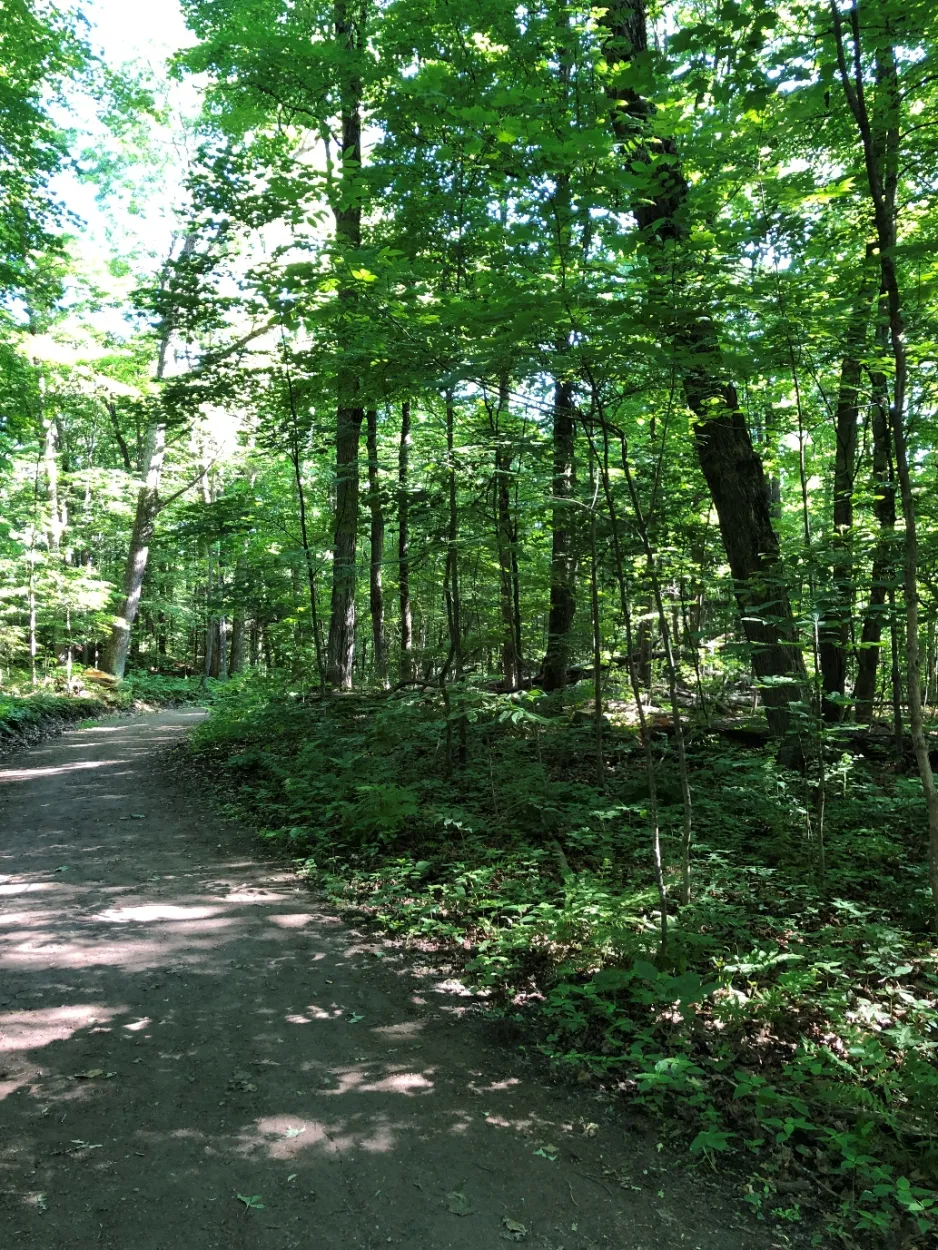
The Visitor’s Centre hiking trail in Gatineau Park, Quebec.
Nature may be the best antidote for the blues
A considerable amount of research suggests that spending time in nature has many positive effects on mental health and well-being. But what does this actually mean? A quick Google search will turn up dozens of studies showing that time in nature helps reduce stress, depression, and anxiety, while improving concentration.
More specifically, research has shown that spending time in nature reduces the amount of cortisol or stress hormone we produce. This is not surprising when you consider how much our environment — the physical spaces we exist in — can affect our mood, mental health, and wellbeing. In stimulating urban environments where we are bombarded with an overwhelming number of sights, sounds, and smells, our brains are continuously trying to process and decipher. As a result, our brains are conditioned us to be on constant alert; no wonder many of us feel stressed!
Stress itself has negative effects on our bodies, including raising our blood pressure and heart rate, while suppressing our immune system. On top of all this, screen time — which many of us have been getting a lot of over the past year — also negatively affects our mental health and wellbeing, contributing to feelings of low mood and depression.
Another interesting finding suggests that getting enjoyment from being in nature has been embedded into our genetics as part of the evolutionary process. Our ancestors lived in and relied on nature for their survival; it’s natural for us to be in nature! Some research is even suggesting that nature can replenish our mental resources, to help us with concentration and the ability to pay attention. The sights and sounds of nature seem to have restorative functions for our brains — even if we’re just experiencing them for a short period of time. So why not get out for a change in scenery and test whether this nature research works for you?
Check out the National Capital Commission for green spaces in the National Capital Region, Parks Canada for national parks across Canada, or your provincial parks website for opportunities to get out and experience nature. If you’re looking for something really different, check out some of Canada’s dark-sky preserves — these areas have no light pollution and will give you amazing views of the night sky!
By Olivia Béchard

